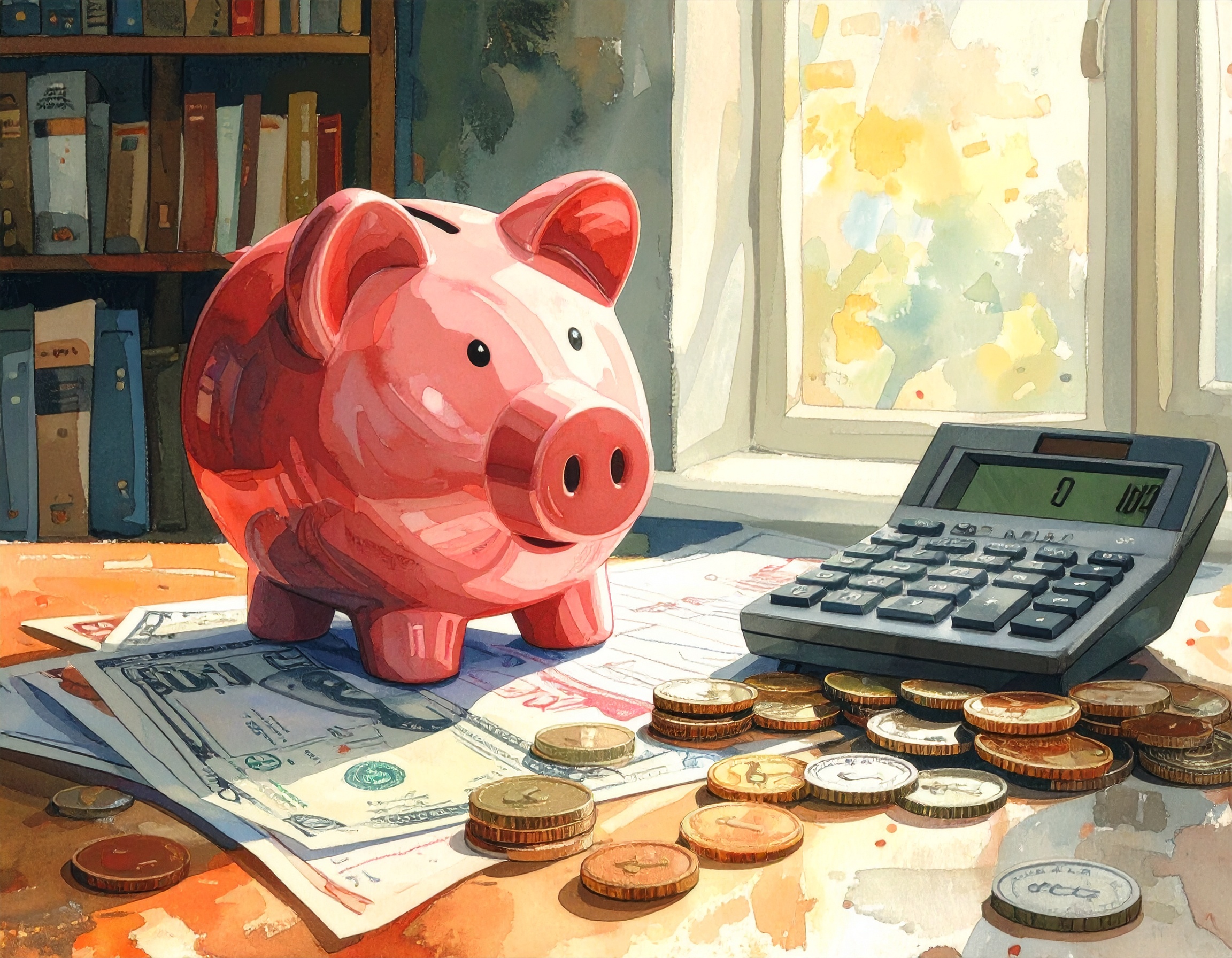
At Wise-Wallet, personal finance is a journey.
Read MoreCorrect! Keep Going!
How amortization produces fixed payments (first half). Amortization spreads interest and principal across regular payments so the loan is paid off at term end. For a fixed-rate loan you compute the monthly payment from principal (P), monthly rate (r = APR/12), and number of payments (n): Payment = P * r / [1 − (1+r)^−n]. For the $12,000 example at 5% APR over 36 months, monthly rate r = 0.05 ÷ 12 ≈ 0.0041666667. Plugging into the formula gives a payment of about $359.65. That number comes from the exact amortization arithmetic — it’s the constant monthly amount that fully repays principal plus interest in 36 equal installments.
Interpreting the payment and alternatives (second half). Knowing the monthly payment helps assess affordability and compare lenders. Small changes in rate or term have predictable effects: a slightly higher APR increases the interest portion and total cost; a longer term lowers monthly payment but raises total interest paid. If you’re comparing offers, check the APR, fees, and whether the quoted payment includes things like mandatory insurance or prepayment penalties. If cash-flow matters, consider whether extra monthly principal payments are allowed without penalty — they can substantially reduce total interest and shorten the term.
By Quiz Coins
Paper money experiments began in China and by the Song dynasty (around the 11th century) paper currency was widely used.

Pick cards to match your life: cashback for simplicity, travel cards for frequent flyers who use perks, and balance-transfer cards to crush debt — then automate, pay in full, and track value.
Read More
Build a simple, automatic emergency fund by choosing a target, automating transfers, and using low-effort saving hacks — no spreadsheets required.
Read More